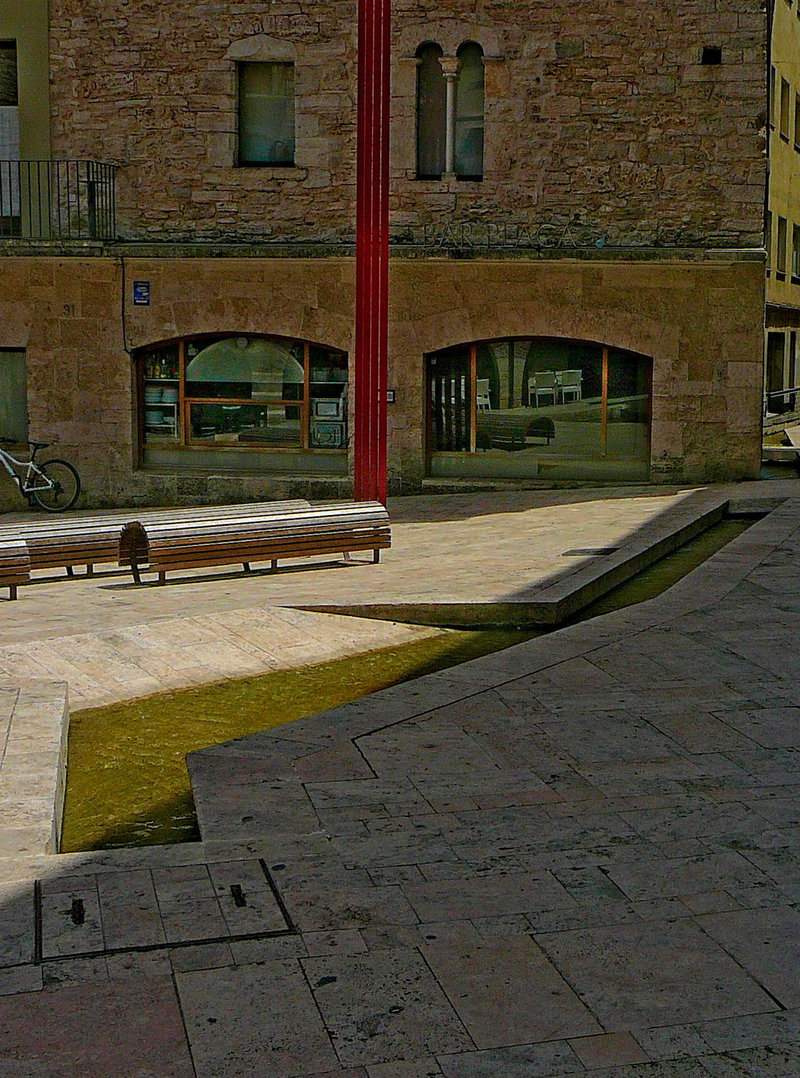Water leads the way through Banyoles
The Girona city is well known for its huge lake but it also boasts 33 kilometres of irrigation canals that guide the visitor through hundreds of years of local history
experiences
The town of Banyoles and its lake are inseparable. Yet Banyoles lake has overshadowed another of the town’s iconic features: its 33-kilometre network of irrigation canals built by Benedictine monks from the Sant Esteve monastery. Using the eight-metre difference in elevation between the lake and the town, and after building a dike near the lake to dam the water, the process of constructing the canals began. First the monks drained an area of wetland and then added more canals to irrigate crops. The result is today’s network, made up of six canals: Ca n’Hort, Teixidor, Figuera d’en Xo, Major, Xucladors and Guèmol.
Apart from bringing water closer to the population for domestic use and to water orchards and crops, over the centuries these waterways have left their mark on the architecture, trades and industry of the town. It is this legacy visitors can explore on the Ruta dels Recs, an itinerary tracing the network, which now has a new addition, the Ruta del Rec Major.
Of all the canals, the Major, documented as early as 1263, best exemplifies the value of the canals as an economic engine. The 2.2 km walk starts next to Banys Vells at the lake and follows the Rec Major canal, passing through the town centre as far as the copper forge. There are 11 stops along the way (see inset), with information panels to explain the evolution of the town through its irrigation system and water-related buildings. From the 13th century, the Rec Major canal was associated with industry, playing its part in the production of dyed fabrics, paper manufacture and milling flour. New professions were also born, including millers, blacksmiths, bakers and dyers.
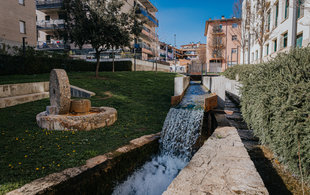
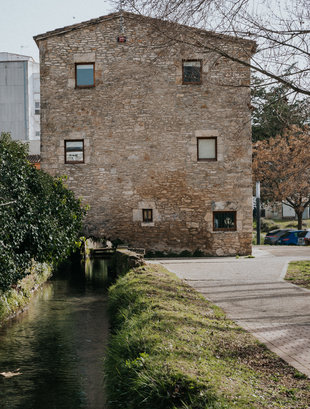
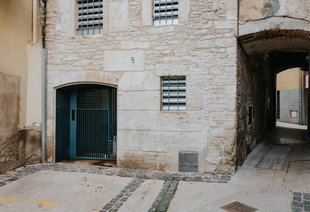
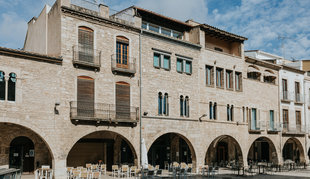
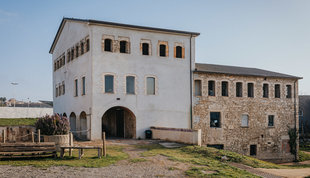
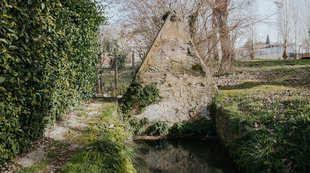
A route with 11 points of interest
Meeting point: 42°07’15.3”N, 2°45’30.2”E
Distance: short route, 1.5 km; long route, 2.2 km
Time: 3 h (short route, 1 h)
Information: see website turisme.banyol1es.cat.
Points of interest
1 - 00h01
Starting point, Rec Major
2 - 00h07
El Límit
3 - 00h16
Can Quim del Rec
4 - 00h27
Molí de la plaça. Cal Moliner
5 - 00h39
El molí dels Paraires
6 - 00h44
El Tint
7 - 0h58
Salt de can Pujol
8 - 01h16
Cal Nocaire
9 - 01h31
Molí d’en Baqué
10 - 02h09
Molí d’en Forgas
11 - 02h36
Farga d’aram & molí paperer

